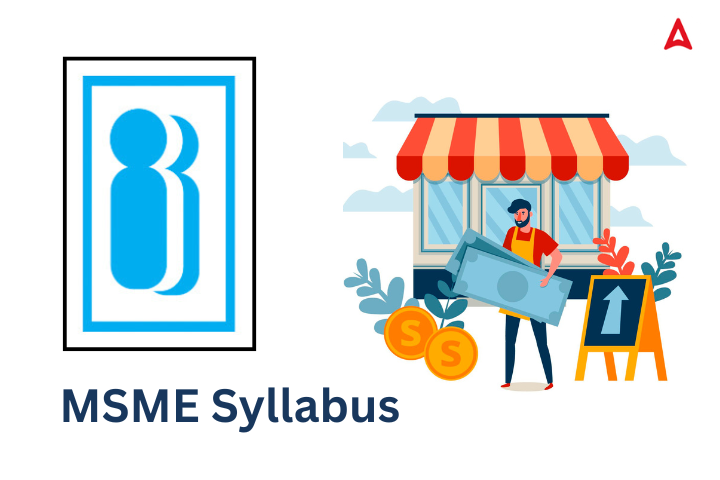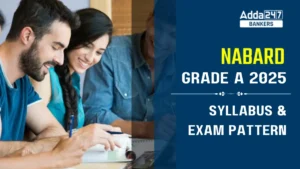The Indian Institute of Banking and Finance conducts the IIBF MSME Exam. This course is designed to help banking and finance professionals gain a deep understanding of MSME. To successfully qualify for the exam, candidates must have a clear understanding of the exam pattern and syllabus. We have provided the complete IIBF MSME Syllabus 2025 and exam pattern in this article for candidates to plan their preparation effectively.
IIBF MSME Syllabus 2025: Topic-Wise
The IIBF MSME Syllabus 2025 is divided across 8 different modules, we have provided the syllabus for each module in this section.
- Setting up MSME
- MSMEs: Policy, Regulatory and Legal Framework
- Institutional Framework & MSME Financing
- Financing Options & Modes
- MSME Development
- Clusters and Cluster Development
- MSME: Rehabilitation
- Future of MSMEs
Setting up MSME
Evolution, Definition of SMEs, Characteristics, Advantage of MSME & Its role & Significance in economic development, Role in Economic Development., Needs of SMEs. Forms of Organizations; Proprietary, Partnership, HUFs, LLP, Company etc., Establishing SMEs: Environmental Scanning, Market Assessment, Technology, Selection of Site, etc., – Organizational Structures – Rules &Regulations – Gender & Entrepreneurial Development.
MSMEs: Policy, Regulatory and Legal Framework
Policy Framework for SMEs – Policy Shifts since 1991 – Regulatory Framework – Laws and Regulations for SMEs – SME Development Bill, 2005 – LLP Act, Changing Policy Framework & SME Strategies, Registration of SME Unit – Procedure, CIBIL, CERSAI, D & B report, MIRA report.
Institutional Framework & MSME Financing
Institutions – Central Government – SSI Board, SIDO, SISI, PPDCs, RTCs, CFTI, NISIET, NIESBUD, NSIC – State Government: Directorate of Industries, DICs, SFCs, SIDC/ SIIC, SSIDC – Financial Institutions & Banks; SIDBI, Commercial Banks, RRBs and Co-op. Banks etc., – Enterprise Perspective – Banker’s Perspective.
Financing Options & Modes
Sources of finance and methods of financing SMEs, relevance of quasi capital and own money in business – Venture Capital, Hybrid Capital, special financial products for SMEs, Assessment of Term Finance/ Working Capital for SMEs – Credit Risk Management of SMEs – Appraisal, assessment, collaterals, documentation, inspection, follow-up and monitoring and review, Credit Scoring models, Standing and liquidity assessment, Credit pricing of SMEs, Micro Enterprise finance, P.S. guidelines related to MSME, Mudra Bank, Factoring, Structure Approach to financing SME
- Daheja Committee
- Chore Committee
- Tandon Committee
- Nayak Committee
- Kapoor Committee
MSME Development
Business Development Service Providers – Role & Responsibilities -Improving Competitiveness of SMEs through Enhancing Productivity – Market Promotion and Development – technological Development in SMEs -Environmental Impact Assessment, Modernization issues (technological and quality upgradation), Role and Functions of Credit Guarantee Trust for small industries (CGTSI), CGTMSE, PMEGP, TUFS, NEF
Clusters and Cluster Development
What are Clusters? – Why Clusters – Types of Clusters – Advantages and Disadvantages – Role of Clusters – Setting up of Clusters – Approaches to Develop Cluster Strategies – Measuring Cluster Development – Critical Success Factors (lending economics to clusters from the angle of bankers and borrowers) – Policy Environment – Successful Clusters; India and Global.
MSME: Rehabilitation
Sickness-symptoms, warning signals, diagnosis and prescriptions, rehabilitation, restructuring, holding on operations, work out, NPA management, recovery options, legal aspects/ options, securitization and exit options/ alternatives.
Future of MSMEs
Micro Finance Approach to SMEs – Linkages with Agriculture and industry – IT and SMEs – Relationship banking and its impact in SME development – WTO issues, impact on SMEs BASEL-II – globalization issues, impact, intermediation opportunities and Emerging issues affecting SMEs. Challenges & opportunities of MSME under current scenario.
IIBF MSME Exam Pattern 2025
The IIBF MSME exam will be held online in a computer based test (CBT) format, the exam will consists of 120 MCQs and it will be held in English Language only. Candidates can check the detailed IIBF MSME Exam Pattern 2025 in the table below.
| IIBF MSME Exam Pattern 2025 |
|
| Particulars | Details |
| Exam Name | IIBF MSME Exam 2025 |
| Subject | Micro, Small & Medium Enterprises (MSME) |
| Mode | Online |
| Language | English Only |
| Types of Questions | Multiple-Choice-Questions (MCQs) |
| Number of Questions | 120 Questions |
| Total Marks | 100 Marks |
| Exam Duration | 2 Hours |
| Passing Criteria | Minimum 60 Out of 100 Marks |
| Negative Marking | No Negative Marking |
IIBF MSME Remote Proctoring Mode Exam
Remote Proctored Mode means candidates can take the exam from home or any place they choose, instead of going to a test center. Before starting the exam, the bankers will have to verify their identity (for example, by showing their ID card on camera). During the exam, the webcam and microphone will stay on, and the system will monitor candidates live to make sure they are not cheating or getting help from anyone. The exam is conducted online through a desktop or laptop with a stable internet connection. The bankers cannot use a mobile phone, tablet, or any other device to take the test.




 Karnataka Bank PO Syllabus and Exam Patt...
Karnataka Bank PO Syllabus and Exam Patt...
 IBPS PO Syllabus and Exam Pattern 2026 R...
IBPS PO Syllabus and Exam Pattern 2026 R...
 NABARD Grade A Syllabus and Exam Pattern...
NABARD Grade A Syllabus and Exam Pattern...







